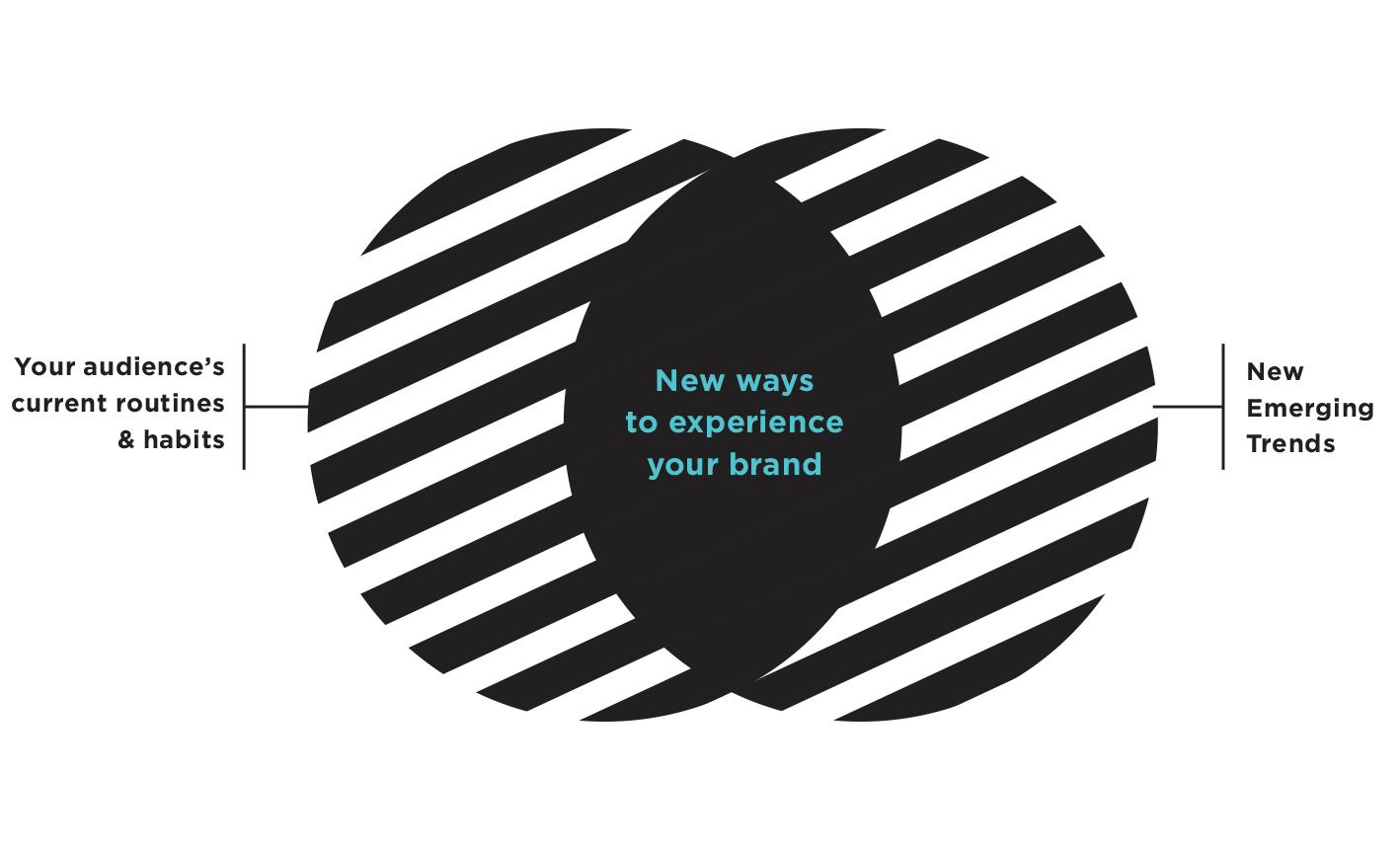Eastman Kodak, a leader in the photography industry, was built on a culture of innovation and change. As Kodak became more successful, however, complacency grew, and leaders listened less to the voices that made their company a pioneer. This ultimately led to the company’s demise.
Sony once defined Japan’s technological mastery, dazzling the world with the Walkman and the Trinitron TV. But they managed to miss one of the greatest opportunities to continue being a leader in technological innovation. With their catalog of music and foundation in electronics, Sony had the tools to create a version of the iPod long before Apple introduced it in 2001. But they didn’t. Sony’s tale is one of lost opportunities, disastrous infighting and an inability to adapt to the realities of the global marketplace.
One of the most critical qualities of today’s relevant brands is their level of responsiveness to what is happening right now.
This year.
This week.
Today.
Evaluate what is different this year from last
Ask yourself the following questions:
- What no longer seems to work? Make a list of things you think your business needs to stop doing
- What economical, social, or cultural shifts are obvious in your industry, your region, or your customer’s life?
- What is considered “cool” today?
- Make your own list of ideas that could work this year, and detail how your brand can play a part in making these ideas a reality
Draw some conclusions, use your intuitive ability to envision what is changing and why. Ask questions. Interview professionals in emerging industries or other leaders about their take on changes they see. We’ve heard it over and over, that if there is anything for certain, it’s the fact that change is part of our life, whether business or personal.
Track changes the way smart investors track trends. This will help you orient your activity in a way that takes advantage of such trends. It doesn’t mean that you modify or adapt new values; it could simply mean that this year is strategically a good year for your organization to zero in on one of your values or a type of delivery that is much needed in the market place.
Stop practices that are no longer effective. Instead, provide your customers with ways to experience your brand by integrating current habits and routines with emerging trends.

eBay coupled the flea market with the internet revolution. Uber lives where getting a cab intersects with the apps trend. Hundreds of companies have preserved and increased relevance by paying attention to people’s habits and the emerging trends.
Nothing is as powerful as an idea whose time has come. – Victor Hugo
To stay fit, agile brands are adaptive—ready, willing, and able to meet challenges, find new targets, and take on the competition. Risk makes nimble brands work harder and better.
Don’t be outpaced: Pay attention and look ahead. Make strategic changes that set trends or take advantage of them so you can keep your brand relevant.
Share this Post

